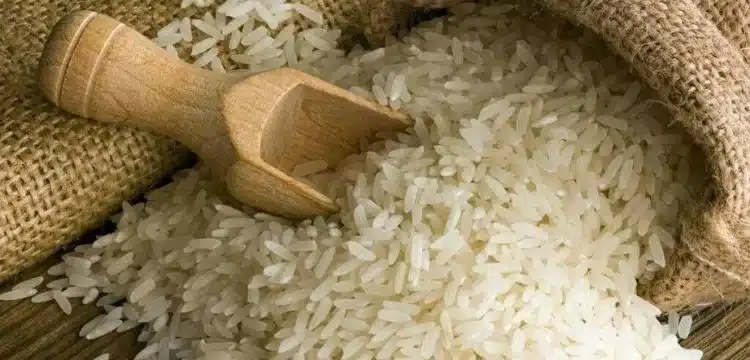[vc_row][vc_column][vc_column_text dp_text_size=”size-4″]Pakistan’s rice exports dropped 17.3% in the first two months of FY24 to $233 million from $283 million in FY23. While basmati rice exports increased by 8.2%, other categories accounting for 80% of total rice exports (IRRI-6, IRRI-9, Broken, etc.) declined by 28%. This decline is mainly attributed to lower inventories of other rice categories and the fact that the harvest season of IRRI varieties is yet to begin next month.
Rice exports during FY23 also declined by 14.47% to $2.1 billion from $2.5 billion during FY22, with Basmati and other categories showing declines of 6.3% and 17.5%, respectively. This decline was expected due to devastating floods last year that reduced national production by 21%. However, this year’s expectations are high as output is forecasted to surge towards 9 million tons, among other factors.
Read more : 60 Orchards in Gilgit Approved for Cherry Exports
India, the world’s biggest rice exporter, banned the export of non-basmati varieties, imposed a 20% duty on the export of parboiled rice, and set a higher floor price of $1,200 per metric ton for basmati varieties, creating an opportunity for Pakistan in the international rice market.
However, challenges, including cargo insurance requirements costing as much as $2 million for direct trading with larger markets like the United States, regulatory hurdles during clearance of export shipments, and a lack of agile policymaking, hinder Pakistan’s ability to fully exploit this opportunity. There is a need for policy support and incentives to boost rice exports and capture a larger share of the international market.[/vc_column_text][/vc_column][/vc_row]











